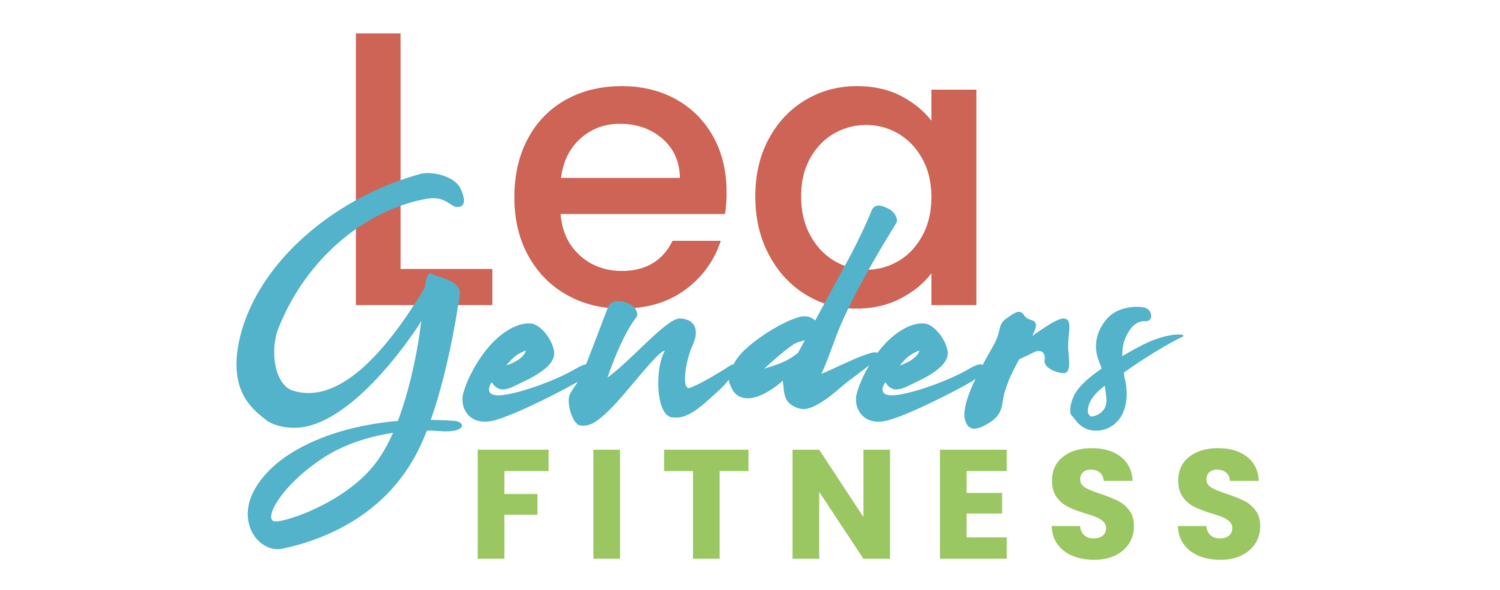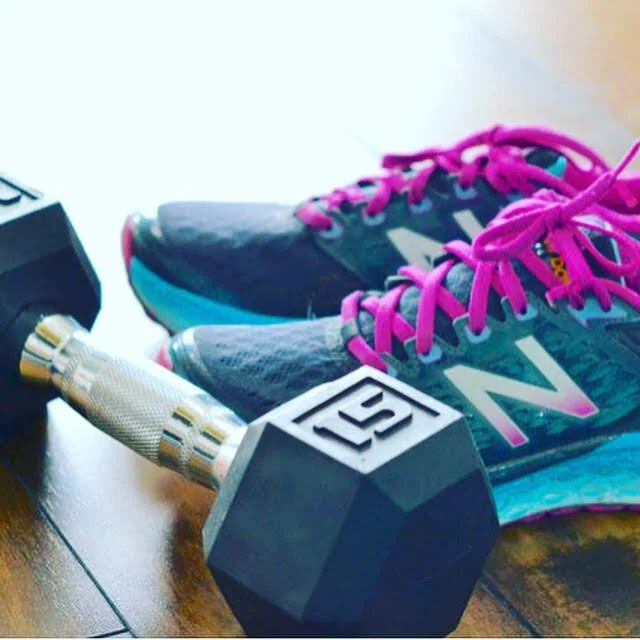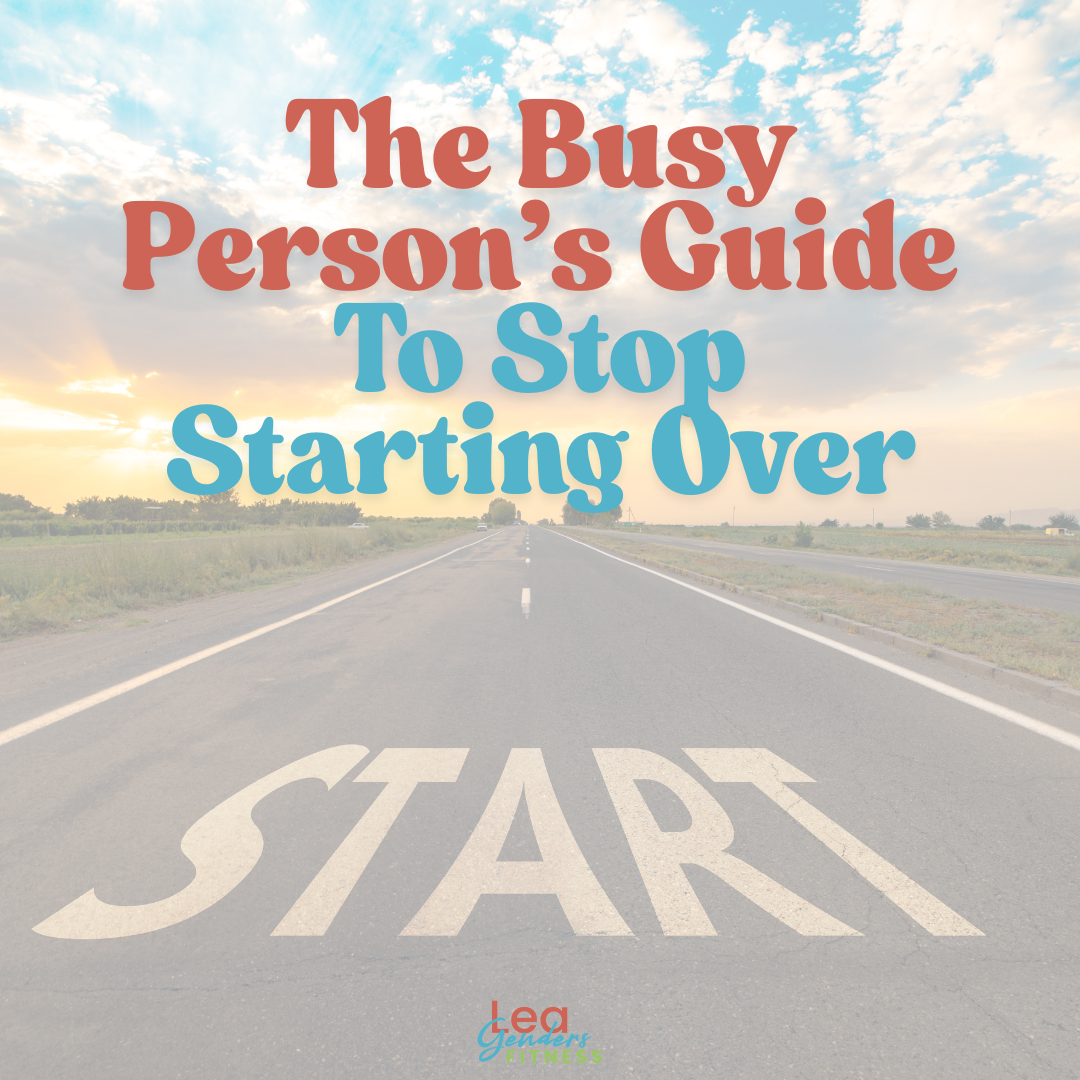I am working on my running and strength training program that helps runners find that balance between a solid running program and the needed strength training. If you follow along on Wednesdays, I am releasing a new component of the exercise portions of the program each week.
As important as it is to get in the workouts, it is just as important to get in your rest, recovery and nutrition. As an athlete (yes, you.) you want to eat to maximize your performance. No matter what your goals are, nutrition is one of the most important factors in success.
Think like goldilocks. Not too little, not too much. Just right.
If you eat too little then your performance will suffer, your runs and workouts may feel sluggish and difficult. You could risk injury, illness or burnout. Without adequate calorie intake you could be missing out on important macro and micro nutrients and that will make anyone feel worse than Snuffleupagus running uphill in the heat in Texas.
If you eat too much, you could be promoting fat storage. Often when we exercise intensly our hunger signals go crazy, so we end up eating more than we need.
The key is finding the right balance to sustain your activity levels, which may take some experimenting. Some people who track calories find the formula of between 11-12 calories per pound of bodyweight a good place to start, while tracking outcomes and adjusting as needed.
Others try to eat mindfully, focusing on portion sizes, tuning into hunger signals and eating slowly. This takes some practice and experimenting and can't be fully summed up in one sentence. I wrote a post about mindful eating here that may be helpful if you want to learn more.
The key is to track and pay attention to outcomes and adjust your intake accordingly. Feeling sluggish during your workouts? Try adding more calories and see how you feel. Feeling bloated and uncomfortable? Scale moving in the wrong direction? Make adjustments as needed.
If you are thinking, "D'uh, Lea. I got it. Don't eat too much and don't eat too little, it doesn't take a genius to figure that out" but still are having trouble finding that balance, talk to me about nutrition coaching. I can help guide you through the process because knowing and doing are not always the same thing. Most of us know what to do, but executing over the long term is the hard part. Often a support system is the missing piece. I am here to help.
Focus on food quality
All the foods we eat are made up of macronutrients: Carbohydrates, Protein and Fat. While popular fad diets may try to convince us that eliminating carbs or fats from our diet is the secret to losing weight, I'd argue that to look, feel and perform your best, you need them all. The key is the focus on the quality and portion size of each macronutrient.
Let's try to choose whole food sources for each macronutrient. If it comes from nature, it's usually a great choice, poisonous berries and snake venom notwithstanding. hah.
Carbohydrates
Most athletes need carbs. Carbohydrates are our body's preferred energy source. While some people may lose weight in the short term on a low carb diet it is not ideal for athletic performance.
However, our body's tolerance to carbohydrates is largely individual, which means some people may thrive on a lower carb diet while others may morph into a slightly scarier version of the Wicked Witch of the West (raises hand). But this isn't about what works for me, it's about what works for you and your individual needs and preferences.
On the other hand, If you heard about carb-loading and think you need three servings of pasta the night before your next 5k, things may not be as they seem. While carbohydrates are important, we shouldn't use carb-loading as an excuse to over-indulge. If you are running a half or full marathon, gradually increasing your carb intake over a few weeks before race day can increase glycogen storage, which may help with performance on race day. Eating a whole pizza the night before your race will likely make you feel like crap, and you may have to literally crap on the course. (Sorry. hah.)
The key is to focus on carb quality and portions. Choose nutrient-rich carbs that come from nature in appropriate portions. Healthy foods like fruits, potatoes, brown rice, quinoa, oatmeal and vegetables are all good choices. Cut back on processed carbs like crackers, chips, bread, sodas, packaged foods and added sugars. You don't need to eliminate completely if you enjoy these things, just reduce your overall intake so they are occasional indulgences, rather than daily staples.
If you are trying to lose weight while exercising intensely, try timing most of your carbohydrate intake to before and after your workouts and limiting starchy carbs (potatoes, rice, etc.) on non-exercise days.
Fat
The key to healthy fat intake is monitoring the quality and portion size. A gram of fat has 9 calories, which is more than the 4 calories per gram for carbs and protein, so while healthy fats should be included in an athlete's diet, be mindful of portion sizes as fats can be easier to overeat. Some examples of healthy fats are fatty fish, nuts, dairy, olive oil and avocados. An easy and effective way to measure fat portions is to add a thumb size of fats at each meal. How many pistachios are the same size as your thumb? How much of that avocado is a thumb-sized portion? That's a good place to start.
Protein
We need protein to maintain, repair and build muscle. Start by adding .5 to 1 gram of protein per pound of body weight, depending on your goals (weightlifters need more than endurance athletes). If you have not been tracking protein intake, you may find you come up a little short. I did. Lean meats are great high protein sources, you can also find protein in eggs, Greek yogurt (I prefer plain, no sugar added) and cottage cheese. Protein supplements like powders are great for filling out your protein needs if you are coming up short, but always aim for whole food sources first. Check out this post I wrote on protein intake for more information.
Putting it all together
When planning your meals, opt for a whole-food serving of protein, a serving of fat and a serving of starchy carbs (workout days) and/or vegetables at each meal.
A breakfast might be two whole eggs, an egg white cooked with spinach, a serving of old-fashioned oatmeal flavored with cinnamon and fresh berries.
Lunch may be a spinach salad with lots of vegetables, grilled chicken, a thumb-sized portion of avocado and a piece of fruit.
Dinner could be salmon, a serving of sweet potatoes and stir-fried vegetables.
I am a big believer in balance and variety, so eat the delicious natural foods that nourish you, but find room in your diet to enjoy the indulgent foods you love in moderation. There is room for it all when we are mindful about making healthy choices most of the time.
Need help with your nutrition strategy? Tired of dieting? Want help developing healthy habits while staying sane and balanced? Looking for long term results? My nutrition habits coaching program is a 12 month habit-based system expertly designed by Precision Nutrition for people who are tired of quick fixes, empty promises and are willing to put in the effort to make lasting changes.
Like this post? Please consider sharing. It helps more than you realize.











































We often hear about the need for a "holiday survival kit," but just using the word survival suggests the season is something difficult we must simply endure. The truth is, the holidays provide a wonderful chance to build connection and lean into celebration.
This season, avoid the all-or-nothing trap of thinking you must "start over in January." The most lasting success is built by practicing flexibility now. Learn to use the Dial Mindset Method to adjust your effort based on life's reality and the Nutrition Continuum to make small, incremental upgrades to your eating. Your goal is not perfection, but consistency, which leads to confidence and long-term health success beyond the holidays.